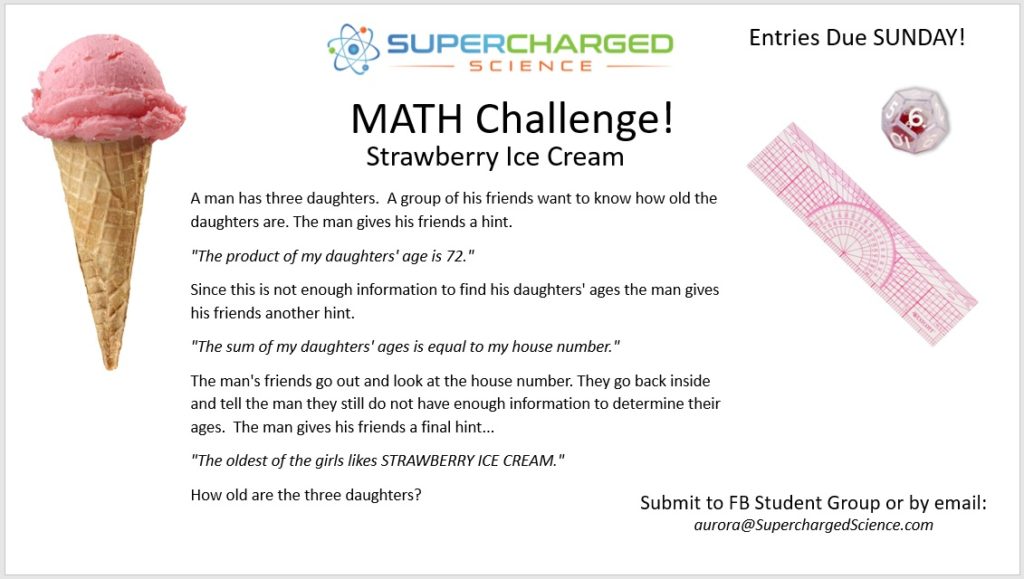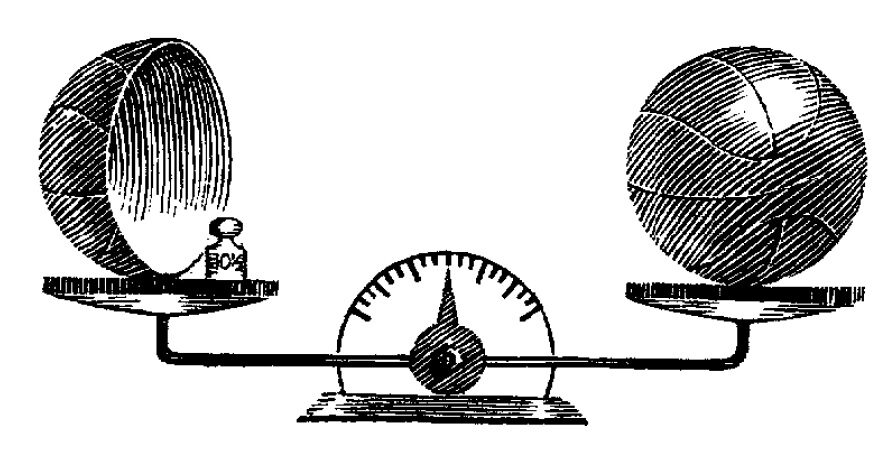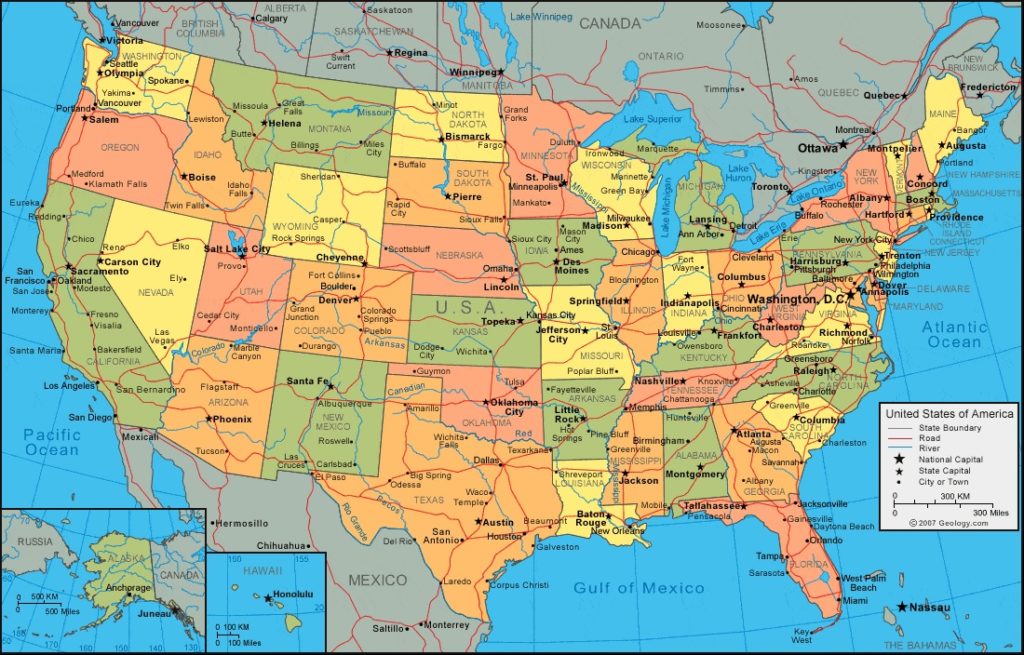[am4show have='p156;p157' guest_error='guest_error_msg' user_error='user_error_msg' ]
Multiplying & Dividing Fractions
We're going to explore multiplying and dividing fractions, finding the greatest common factor, and learning how to put word problems into mathematical form. Let's get started!
Beginner Level Math Class
Fractions don't work alone, they come ready to be added, subtracted, multiplied and divided with other numbers! If you eat half of my half of the pizza, how much pizza are you really eating (and would I be happy about it?) This week, we will learn how to translate words into math numbers and how to do basic fraction operations so they can be work for us.
Download your Fractions #2 Workbook
To help you with your daily practice, I've put together a set of workbooks. You can use these or your own workbooks as long as it covers fractions. Plan to complete 4-5 pages per day. After you complete the pages, you may check the answer key.
Fractions Workbook Videos
I've put together a set of videos that will walk you through this workbook, so grab yours and let's work together. Plan to complete 4-5 pages per day. After you complete the pages, you may check the answer key.
Math Practice: Time Lab
The Math Time Lab is here to help make sure you can not only read a stopwatch and an analog clock, but also make sense of how to do math calculations with time. If you're new to reading a clock, only do Part 1. If you're good at reading clocks, please do all four Parts of the Time Lab (scroll down to the Advanced section for the Math Time Lab videos 2-4).
Intermediate Level Math Class
If you already understand the main concepts of reducing and expanding fractions, you are ready to practice using your skills! You get to run a Bakery Shop, get lost in a Measurement Maze, play with Fraction LEGOs and run a Rocket Race!
Note: I've posted the same Day 2 videos below as above, since they belong to both the Beginner and Intermediate levels.
Part 1 covers Tasks 1 & 2:
Part 2 covers Tasks 3 & 4:
Part 3 covers Tasks 5 & 6:
Part 4 covers Tasks 7, 8 & 9:
Part 5 covers Tasks 10, 11 & 12:
Part 6 covers Tasks 13, 14, 15 & 16:
Math Practice: Measurement Maze
We're going to continue practicing reading a ruler and measuring things, so you're comfortable with it and it's easy for you to do. When you're done with this fun activity, do you think you can make a Measurement Maze of your very own, one that leads your family and friends through your house?
Math Games: Fraction LEGOs
Do you have a set of LEGOs or other building blocks? Get them out and let's play a game using the same cards you printed out for Fraction SPOONS in Week #2!
Math Games: Fraction Rocket Race
Do you love astronomy and space? Let's play a quick fun game with reducing fractions! You can use the fraction cards from SPOONS or print out the ones in this packet. Enjoy!
Advanced Level Math Class
Advanced students will focus on doing time calculations as well as working on practical application of fractions. We're planning a real road trip! We're going to explore how to convert mileage, range, gas consumption, and speed into real life calculations.
This week, please make sure you can do analog clock calculations as well!
Advanced Students: Road Trip Activity
Let's plan a road trip! We will practiced calculating scale, range, and mileage for different vehicles. During the Math Lesson, we had a number of student questions after class about the calculations we did so I created a bonus video to help explain how we figured out how fast, how far, and how much it is going to cost us if we drive a certain car.
During the math class, I used the map below (from Geology.com) during the in-class demonstrations. Last week, families asked where I got this map from, so I am sharing this resource if you'd like it as well. You do not need to print this in order to participate in class, this is a bonus resource if you want a copy for yourself. (International students, we'll be using a World Map soon!)
Math Practice: Time Lab
The Math Time Lab is here to help make sure you can not only read a stopwatch and an analog clock, but also make sense of how to do math calculations with time. If you're new to reading a clock, start with Part 1 (video for Part 1 is in the beginner section above). Parts 2-4 of the Time Lab focus on time calculations.
Advanced Math Labs: Projects
This week I've put together several different labs in astronomy about the sun. You can opt to do any of these, or if they are too difficult, feel free to go back and do Math Labs from a previous week you skipped over.
NOTE: Please make sure you can also easily do the Bakery Shop Tasks 2, 9 & 13 (videos found in Intermediate section above).
Math Challenge
Each session, I have a special Math Challenge for you to work on after you work through some of the content in this area of math. The goal for these special math challenges is for you to be able to communicate your great ideas with your family and friends, without them being in a math class or having any knowledge of a specific area of math. You should be able to convey your great ideas to most people that are interested in hearing what you have to share. Many families find this part of the math program exciting for them to participate in with their student!

Solution to Week #2 Math Challenge
We need to pay extra attention to know exactly what the words mean in the question. If you approached it to mean: "The basketball weighs 10-1/2 oz, then half its weight is 5-1/4 oz, and adding these two together give 15-3/4 oz."
The problem is to find the weight of the ball and if it's 15-3/4 oz, then it cannot also be 10-1/2 oz! So clearly there's a contradiction so we re-read the problem again.
The only interpretation that makes sense is this: The basketball's weight is equal to the sum of two values: 10-1/2 oz and an unknown value that is half the ball's weight.
Look at the image below. If half the ball is taken from each side of the scale, the scale would balance. A 10-1/2 oz weight will be on one side of the scale and half a basketball will be on the other. So half the basketball must weigh 10-1/2 oz and the whole thing must weigh twice this, which is 21 oz.



